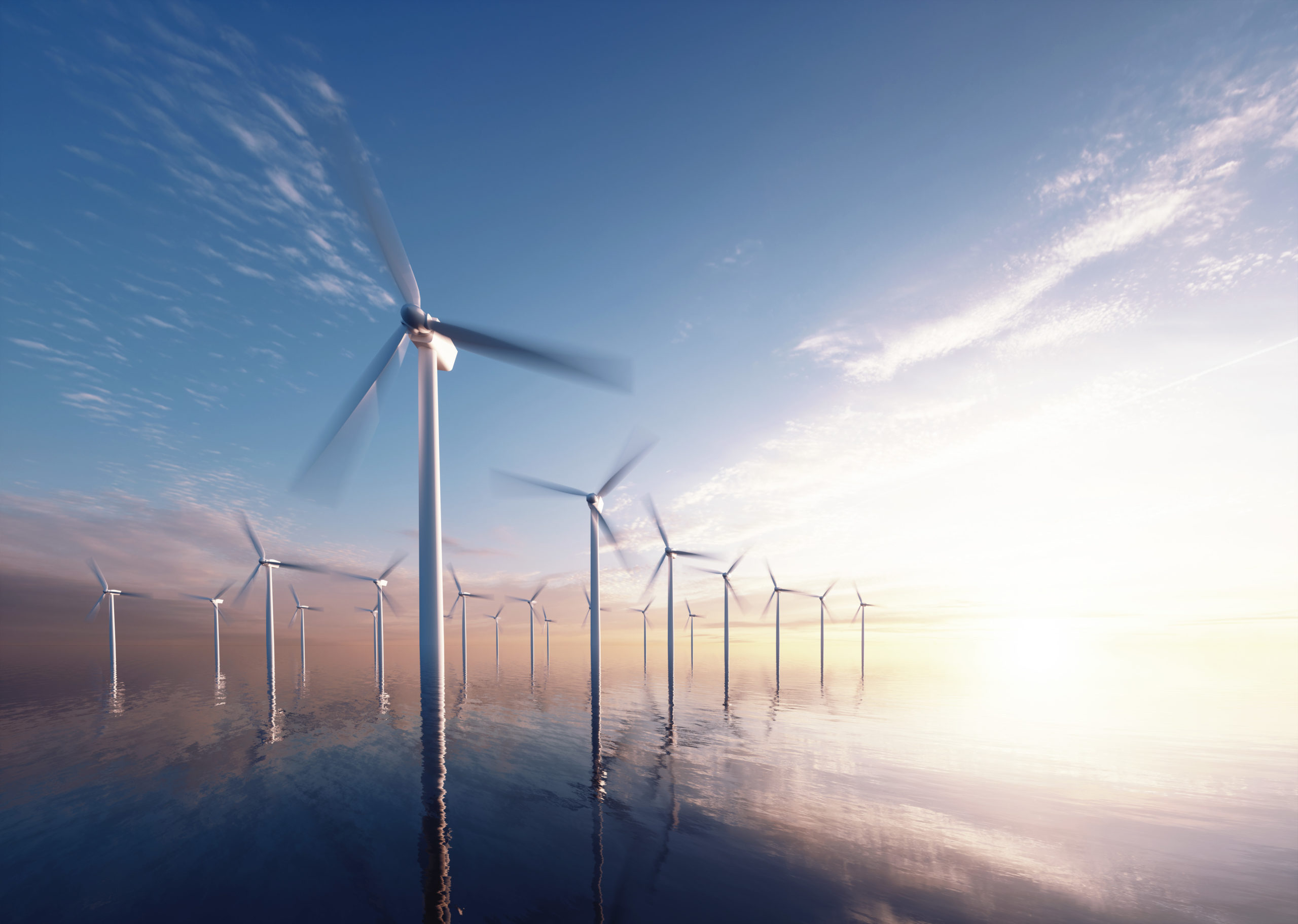Wind, hydro, nuclear and solar together generated over 60% of Britain’s electricity over five months of the winter, new figures out from RenewableUK state.
Splits across the total 56.13 Terawatt hours spanning five months from full November to the end of February show that offshore & onshore wind gave 31.34 TWh, followed by nuclear’s 14.34 TWh.
The trade body says the winter performance of low carbon sources increased the nation’s energy security, avoiding 9.7 billion cubic meters of imported gas, at a saving to consumers it calculates at £15.7 billion, at prevailing market prices.
This winter’s power made by clean sources equates to around two-thirds of gross imports of LNG.
The figures are revealed in the latest release of the trade body’s fortnightly Winter Power Update.
Ana Musat, RenewableUK’s executive director of policy remarked: “These figures show that low carbon power sources, led by wind, played a central role in keeping the lights on this winter by providing the lion’s share of Britain’s electricity.
“Reliable homegrown clean energy is boosting our energy security and saving hard-pressed British consumers billions of pounds in expensive gas imports, as well as moving us closer towards Net Zero.
“Now we need to ramp up the roll-out of new clean energy projects as fast as possible to maximise the benefits of renewables to billpayers and businesses in the years ahead”.
The majority share of clean sources in the nation’s energy mix will sharpen demands today from green generators for chancellor Jeremy Hunt to announce investment tax breaks & writedown allowances as generous to renewables as they already are to fossil fuel sources.
The release does not cover the recent early March cold snap. Low winds and early spring snows as far south as the Midlands last week prompted National Gird ESO to fire up two coal EDF furnaces held in reserve at West Burton in Nottinghamshire, anticipating Britain’s coldest night of the winter.
The grid operator issued an electricity margin notice, pre-warning fossil fuel generators including at Drax’s Yorkshire station, to warm up furnaces in preparation. In the event, no excess generation was needed. Nor did NG need to resort to shifting consumer demand across dayparts, as permitted by its demand flexibility service.
Generation stats for March’s first week have gas accounting for 54% of the nation’s electricity, followed by wind on 13% and nuclear on 10%. Strikes in EDF’s French nuclear plants reduced imports via subsea interconnectors IFA and IFA2.




